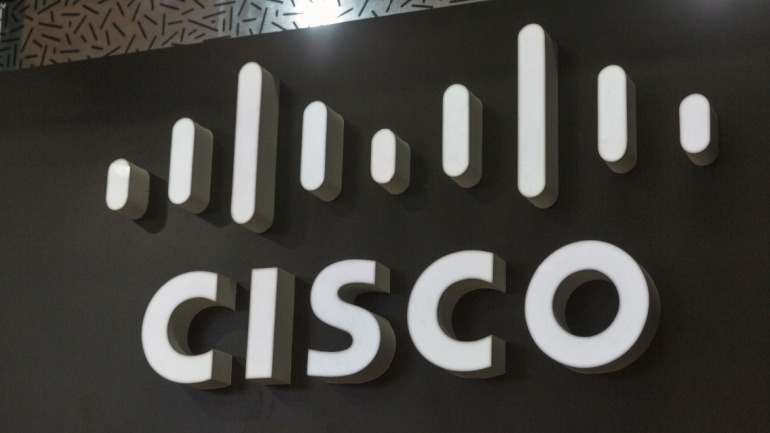The latest report from Cisco (NASDAQ: CSCO) reveals a stark reality: only a mere three percent of organizations worldwide possess the necessary level of readiness to combat modern cybersecurity risks effectively. Released today, the 2024 Cybersecurity Readiness Index underscores a notable decline from the previous year, where 15% of enterprises were classified as mature in their cybersecurity readiness.
In an age characterized by hyperconnectivity and dynamic threat landscapes, companies find themselves under relentless assault from a spectrum of techniques, spanning phishing and ransomware to supply chain breaches and social engineering attacks. Despite efforts to fortify defenses, many are impeded by overly intricate security postures dominated by disparate point solutions.
The complexities are further compounded in today’s dispersed work environments, where data sprawls across myriad services, devices, applications, and users. Surprisingly, despite these challenges, a staggering 80% of companies express moderate to high confidence in their ability to repel cyberattacks with existing infrastructure. This confidence-reality disjunction suggests a potential misjudgment of the true magnitude of threats.
The index, evaluating companies across five key pillars—Identity Intelligence, Network Resilience, Machine Trustworthiness, Cloud Reinforcement, and AI Fortified—offers insights derived from a survey of over 8,000 private sector security and business leaders across 30 global markets. Companies were classified into four stages of readiness: Beginner, Formative, Progressive, and Mature.
Jeetu Patel, Executive Vice President and General Manager of Security and Collaboration at Cisco, cautions against complacency, emphasizing the imperative for integrated platforms and AI-driven solutions to operate at the required scale and tilt the balance in favor of defenders.
The study highlights alarming findings:
- Anticipated Cyber Incidents: A substantial 73% of respondents foresee cybersecurity incidents disrupting their operations in the next 12 to 24 months.
- Overload of Point Solutions: 80% of respondents acknowledge that multiple point solutions hamper incident detection, response, and recovery. Despite this, 67% of organizations deploy ten or more such solutions, exacerbating complexities.
- Device Insecurity: An overwhelming 85% of companies report employees accessing platforms from unmanaged devices, further complicating security landscapes.
- Persistent Talent Gap: Critical talent shortages persist, with 87% of companies citing it as a significant challenge, hindering progress in cybersecurity initiatives.
In response, companies are gearing up their defenses, with over half planning substantial upgrades to IT infrastructure in the coming months. This includes a notable emphasis on AI-driven technologies and cybersecurity budget increases.
To confront the evolving threat landscape effectively, concerted efforts are essential, including innovative security measures, platform approaches, bolstered network resilience, and strategic talent recruitment to bridge the cybersecurity skills gap.







